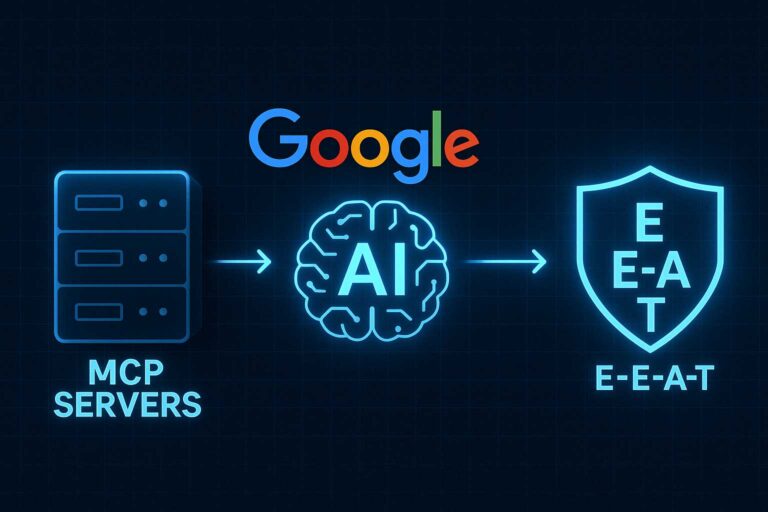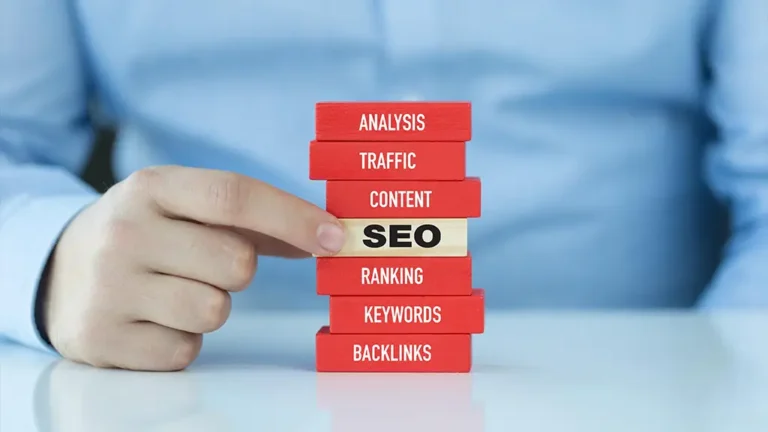Why You Need to Pay Attention to Your Website’s Core Web Vitals
For years now, Google has been stressing the importance of the user experience to web developers, PPC specialists, and SEO experts. Each year, the search engine giant has been adding several UX components to its ranking algorithm, such as mobile-friendliness, safe browsing and HTTPS security, and the intrusive interstitial penalty (i.e. intrusive popups that can affect a mobile user’s experience).
Last year, Google announced plans to introduce a new ranking signal to improve the way it evaluates user experience on a web page. Known as the Page Experience Signal, the new ranking factor will combine the existing user experience signals with Core Web Vitals as a way to improve how the algorithm evaluates the overall experience of a page.
But what are Core Web Vitals? And what does this mean for your website design and your SEO?
How Google Evaluates a Web Page
Before learning about Core Web Vitals, it’s first important to understand how the algorithm ranks websites in the first place.
Back in the day, to get a web page to rank in the top spot of Google, all you needed to do was throw in a bunch of keywords, pay for some spammy backlinks, and you’ll come out on top. But those days are long gone.
Nowadays, Google uses a specific set of factors when ranking a web page. Some of the key factors used in the algorithm include:
- User intent: Does your web page contain relevant information to the search query?
- Content quality: Is the overall quality of the content not only original but contains authoritative and trustworthy information for the user?
- Page useability: Can the user easily navigate through the page to find the information they’re looking for?
- Search context and location: Where is the user coming from when searching for the information?
So it makes sense how page experience can play a part in the ranking factors.
So, What are Core Web Vitals?
Core Web Vitals are made up of a number of factors on the web page that Google believes are important to user experience. They are made up three components:
Largest Contentful Paint (LCP): This refers to how long it takes for the web page to load on a user’s browser. The ideal measure is 2.5 seconds or faster.
First Input Delay (FID): This measurement deals with the time it takes for the user to be able to interact with the page, such as opening “accordion text” on a mobile device. The ideal measurement is less than 100 ms.
Cumulative Layout Shift (CLS): This concerns the stability of a web page — the amount of unexpected layout shift of the visual content on the page. The ideal measurement is less than 0.1.
So what does this all mean, anyway? Let’s say you’re searching for a specific website on your phone. You click on the link and then you wait. And wait some more. Finally, the entire page loads after 7 seconds but you are still unable to interact with the website. When you do finally get to use the site, you notice that the website shifts when you try to scroll down the screen, as if it’s not properly fixed in the browser.
These issues are all measured in Core Web Vitals and are now considered a bad page experience. The result will be Google will now rank that website lower in search results as compared to a faster, more stable web page.
It’s All About Page Experience
The reason why Google has chosen these three signals because they can be easily measurable. Several studies have shown that users prefer going to websites that have a great page experience. They’re coming to your website for a specific action and if they are unable to accomplish it, they’ll jump right off your website without completing a specific interaction.
But remember, as important as Core Web Vitals are, it’s still among the approximately 200 other factors the algorithm uses to rank websites in its search engine. According to Google, no matter what your page experience is, your content will still play a major role in the rankings: “While all of the components of page experience are important, we will prioritize pages with the best information overall, even if some aspects of page experience are subpar. A good page experience doesn’t override having great, relevant content.”
It’s as we always say: Content is still king. But remember, if you have similar content on each page as well as poor page experience, Google will not be ranking you as high as you should be.
How to Fix Your Page Experience
The page experience signal is set to change in August, so you still have time to make improvements to your website. But how can you fix your Core Web Vitals?
First, you’ll need to run an audit to see how users perceive your website. As we’ve mentioned in a previous blog, if your website design is out of date, difficult to navigate, and takes a long time to load, chances are your page experience score is pretty low. Google has conveniently created a report in the Search Console so you can check to see what needs to be improved, and what is currently working well.
Finally, the easiest solution is to contact a web development company with experience in making your website perform at its best. If you need assistance in optimizing your website’s Core Web Vitals, contact Zen Agency today for more information.


















